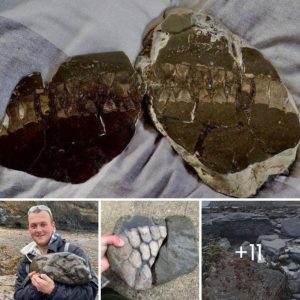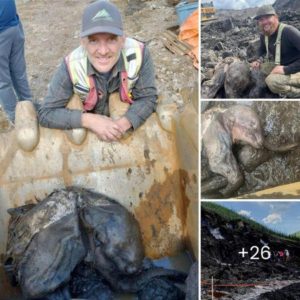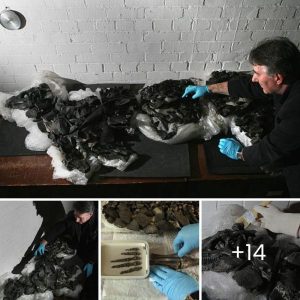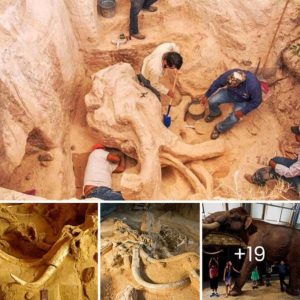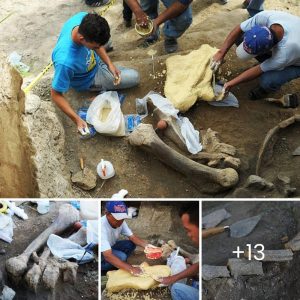Argentine paleontologists have made a groundbreaking discovery, unearthing the remains of a colossal flying reptile that roamed the skies alongside dinosaurs some 86 million years ago. The Dragon of Death, the newly identified species, Thanatosdrakon amaru, is reshaping our understanding of prehistoric predators.
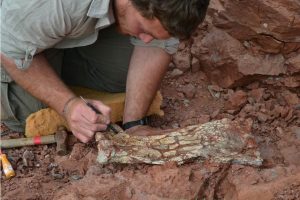
Measuring an impressive 30 feet (9 meters) in length, this ancient pterosaur predates even birds in utilizing wings for hunting. The fossils of Thanatosdrakon Amaru were found in the Andes mountains of Argentina’s Mendoza province, with the rock formations housing these remarkable remains dating back to the Cretaceous period.
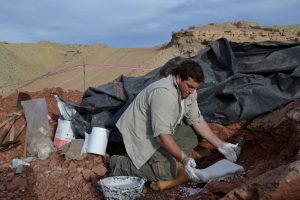
The timing of the reptile’s existence is particularly intriguing, as it lived approximately 20 million years before the catastrophic asteroid impact that devastated life on Earth around 66 million years ago. Project leader Leonardo Ortiz explains that the distinct characteristics of this newly unearthed creature necessitated the creation of a new genus and species name, inspired by ancient Greek words for death (thanatos) and dragon (dragon) a fitting tribute to its awe-inspiring nature as the dragon of death.
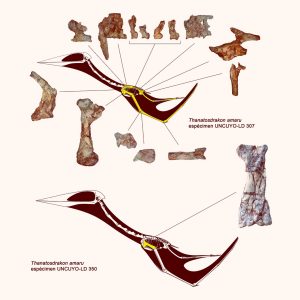
Thanatosdrakon amaru is believed to have been a formidable presence in the ancient skies, with researchers describing it as the largest pterosaur ever discovered in South America and among the largest globally. The sheer size of its bones sets it apart from any known relatives, showcasing unique body modifications that make it truly distinctive in the realm of prehistoric flying reptiles.

Published in the prestigious scientific journal Cretaceous Research, the findings of this discovery shed light on a fascinating chapter in Earth’s history, highlighting the diversity and evolutionary adaptations of ancient flying creatures. The identification of Thanatosdrakon amaru marks a significant milestone in paleontological research, offering a glimpse into a long-lost world where these magnificent creatures soared through primeval skies in search of prey.

This groundbreaking discovery not only expands our knowledge of prehistoric biodiversity but also invites us to marvel at the sheer scale and ferocity of the Dragon of Death, a majestic testament to the wonders of evolution that once ruled the ancient skies.
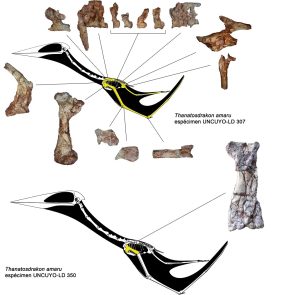
As researchers continue to unravel the mysteries of our planet’s past, the legacy of Thanatosdrakon amaru serves as a reminder of the astonishing creatures that once inhabited our world, sparking our imagination and curiosity about the secrets hidden in the depths of Earth’s history.

